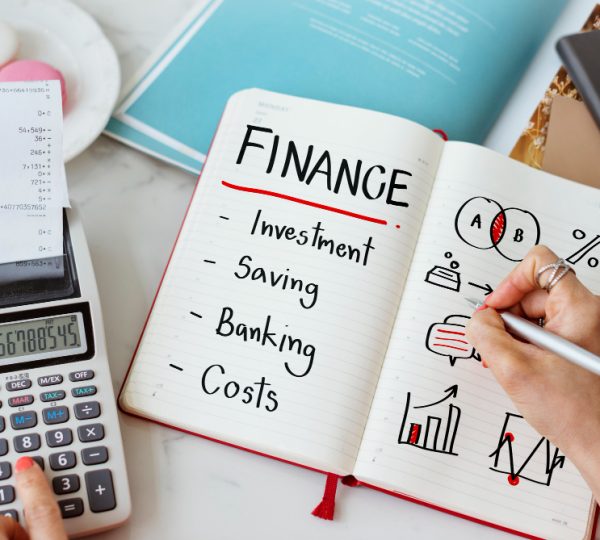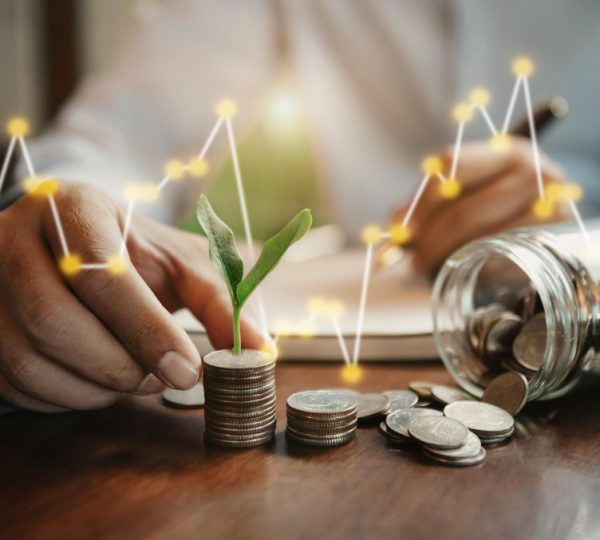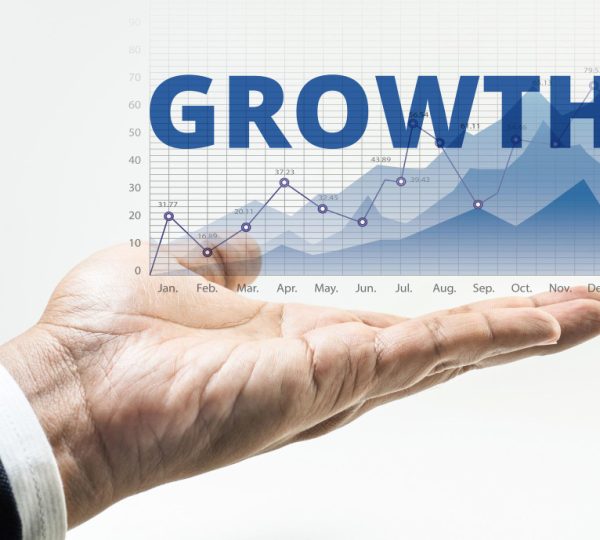Want To Start Investing?
Then this is how you will do it in 2022
Investing in financial markets may sound like one of the most challenging aspects of financial management, but it is also one of the most lucrative. While significant market falls might be terrifying, investment is one of the few methods to outrun inflation and increase your purchasing capacity over time. A savings account will not help you grow money. As a result, investing is one of the most delicate things Americans can do to go on the path to financial security.
Here’s how to start investing and get the benefits that will help you build a better economic future.

Savings accounts with high yields keep your money accessible while earning a little return. Even though they seldom keep up with inflation, it is one of the most significant locations to hold cash that you need to access fast, such as an emergency fund. Furthermore, they are as risk-free as it gets, as trustworthy accounts are Federally insured for up to $250,000.
Regrettably, no higher cap account offers anything close to the 7% inflation rate we’ve witnessed in the last year. Instead, most have returns of roughly 0.6% versus the national average of 0.06%. However, with the Fed considering raising interest rates, most savings accounts may also see their yields rise. However, there is one restriction when it relates to variable-rate accounts. These provide a rate that is susceptible to change at the time of opening.
If you don’t need to touch your money right now and want to maximize appreciation, a CD may be the way to go. Banks offer these accounts at a greater interest rate than ordinary savings accounts. (At the moment, the top CDs pay roughly 1.25%.) They also have FDIC insurance, making them perfect for risk-averse investors looking to reduce the eroding impact of inflation.
CDs are often regarded as short- to medium-term investments. Therefore, you can’t access your money without penalty until maturity, which varies from six months to five years after you put it in. As a result, you should not invest any cash you will require shortly. However, you may “ladder” your CDs or open numerous CDs over a few months or years. This strategy allows you to capitalize on fluctuating interest rates and access your assets regularly when your accounts mature. Then, you may withdraw money or roll your history into a new CD when needed.
The United States Treasury issues I-bonds, a government debt; I-bonds, unlike regular savings bonds, change their interest rate every six months to stay in line with inflation, making them one of the most effective forms of investments in the inflationary climate of 2022.
However, I-bonds have several restrictions. First, you must keep them for a minimum of five years to keep all your income. You can only buy $10,000 worth of I-bonds every year; however, you can put an extra $5,000 of your refund check into them.
Index funds represent an investment that mimics various indexes’ overall composition and performance. You can, for example, invest in an index fund that follows the S& P 500 or the Nasdaq-100. In addition, some active funds specialize in specific sectors or businesses, allowing you to diversify your exposure.
Index funds include advantages such as solid diversification, low-cost ratios (fees), and simplicity of access for investors. In addition, you can purchase funds that exchange as ETFs or mutual funds. (Generally, ETFs trade like shares and have lower charges and investment minimums, whereas mutual funds only deal once daily at the end of the day.)
You may buy in index funds with as little as a few dollars in most stockbroker and retirement accounts. Though they have higher volatility than savings and governmental I-bonds, they are frequently seen as one of the safer methods to invest in the stock market and combat inflation.
Exchange-traded funds, like index funds, invest in diverse securities. Then, they divide their capital into individual shares, traded on an exchange like regular stocks. In addition, many ETFs invest in a particular index, industry, or commodity, allowing investors to focus on the part of their portfolio.
ETFs and index funds offer various benefits, including cheap fees and simple portfolio diversification. Furthermore, many ETFs are more tax efficient than selecting individual assets. Furthermore, most pension and brokerage accounts allow ETF trading, making them available to investors of all shades.
Dividend payments are small cash payments made to shareholders from a company’s profits in exchange for stock ownership. These rewards make them one of the most effective options for 2022 in terms of increasing returns while mitigating the inflationary effects.
Dividend stocks allow you to make some money in the short term while also profiting from long-term share price increases. Dividends can also be reinvested directly into your portfolio.
However, dividend stocks are not without danger. While dividend-paying companies are frequently considered safer than development or non-dividend-paying shares, not every dividend-paying firm is a good investment. (Some even hand out unsustainable payouts to entice investors to invest.)
As a result, you should look for dividend stocks with a track record of paying and growing dividends regularly. You can also invest in dividend-focused ETFs and well-diversified mutual funds.
In investment, there is frequently an inverse relationship between risk and profit. The higher the danger, the higher the potential profit. Often, that danger is not insignificant – you may lose your entire investment due to a single setback in the market.
Alternative investments such as commodities and cryptocurrency, on the other hand, can be profitable in a turbulent market. To prevent taking on too much risk, you should limit your overall exposure to all these two areas.
Commodities
A commodity’s price is generally determined by supply and demand considerations. As a result, they’re usually more lucrative amid a supply chain crisis like the one we’ve seen this year. However, they are still dangerous; even little changes in geopolitical events, natural catastrophes, and plagues can significantly influence your revenues. As a result, investors may choose commodity-focused ETFs and mutual funds over commodity contracts.
Cryptocurrency
Cryptocurrency, particularly Bitcoin, is another viable alternative investment for confident investors. More investors have rushed to this new market in recent years, driving values skyrocketing and attracting more uncertainty and investment.
As a result, several coins achieved new all-time highs, making a select few millionaires. However, with cryptocurrency, these leaps do not continue long, as seen by Bitcoin’s $50,000 surge followed by a catastrophic drop in 2021. And few currencies have enjoyed the kind of success that Bitcoin and, to a lesser degree, Ethereum have.
Cryptocurrency, unlike traditional assets, is not guaranteed by FDIC insurance or the fundamental worth of an underlying corporation. Finally, these properties are only valuable for a trader’s willingness to pay. Not to mention the risk of getting hacked or choosing the wrong coins that fade into obscurity. If you want to invest in cryptocurrencies, do your research and only invest what you afford to lose. While you may buy cryptocurrency on an exchange, a broad crypto ETF may be better.
This is the year to invest in you.
Modern investors aren’t restricted to traditional equities and bonds. So if you’re searching for the most excellent investments for 2022, you could be served better by a broadly diversified portfolio that includes some risk (or a little less).
However, before you invest, you need to examine essential things in your life, such as:
It would help if you also analyzed each investment’s risks, benefits, and economic effects. Then you can make a knowledgeable decision as to which ones are best for you.



